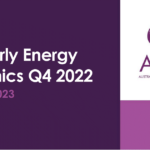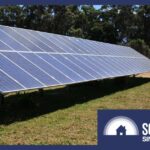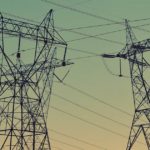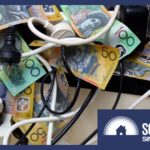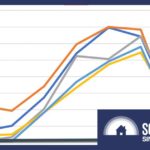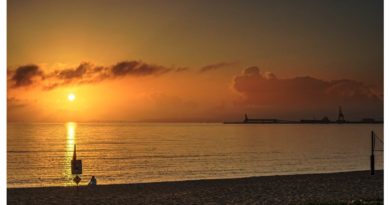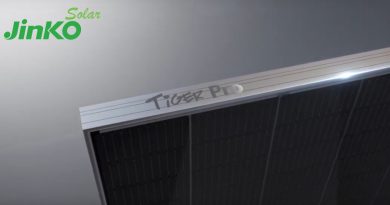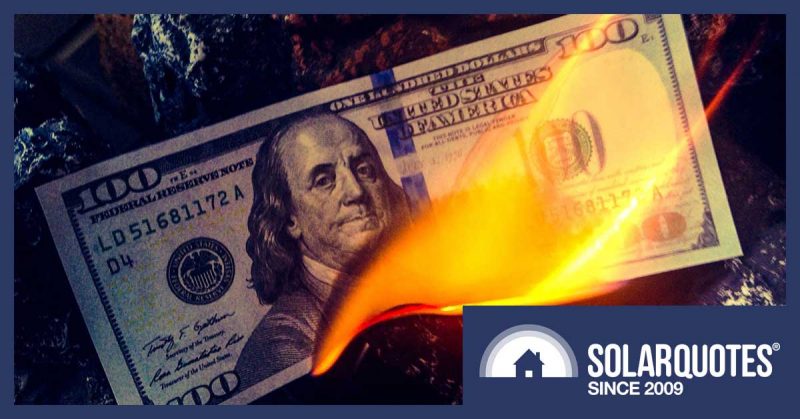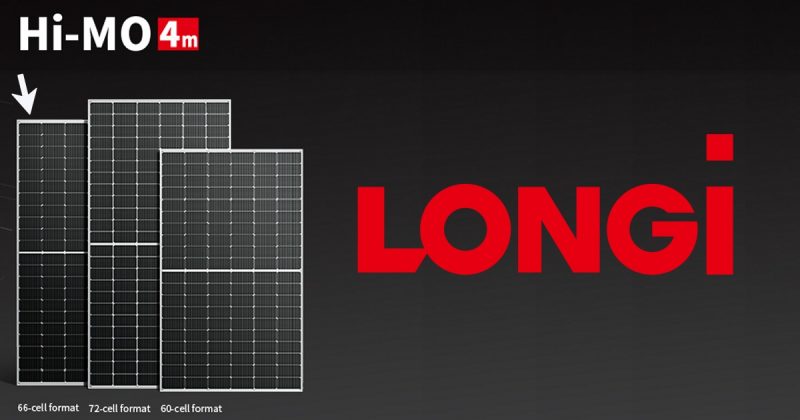States With The Most Renewables Have The Cheapest Wholesale Electricity
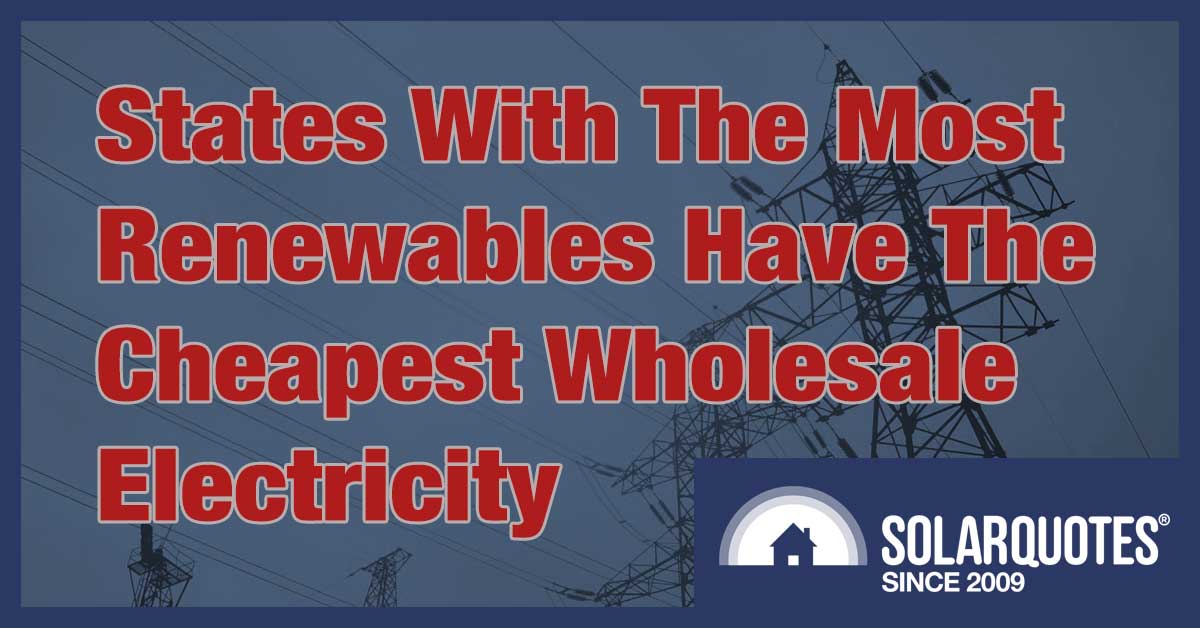

Wholesale electricity spot prices in the two Australian states with the most renewable energy generation — South Australia and Tasmania — are the lowest in the nation and have been for years. This is good news for anyone who prefers clean energy over dirty. That is everyone who isn’t evil, an idiot, or both.
As a percentage of total electricity consumption, over the past year:
- South Australia generated 63% renewable electricity
- Tasmania generated 98% renewable electricity
The next most renewable state was Victoria at 27%. Clearly, the rest of Australia has a long way to go.
SA and TAS have had the lowest average wholesale electricity spot prices — what large generators are paid when they sell energy in the wholesale electricity market — for the past two financial years, 2019/20 and 2020/21.
While Tasmania didn’t have the lowest cost wholesale electricity in the nation for the 2018/19 financial year, if we take today as the starting point, Tasmania has averaged the lowest average for well over three years. If we do the same for South Australia, it’s averaged the lowest on the mainland for close to three years.
This makes me happy for reasons unrelated to how fat people are naturally jolly. Low wholesale electricity prices in high renewable states are good because…
- It reduces the cost of electricity in those states1. This means people will have more money to spend on chocolate — as well as other, less important, things.
- SA and Tasmania trade electricity through interconnectors, so it lowers the cost of electricity in other states — but not WA. We don’t have an extension cord that long.
- Low wholesale electricity prices are driving fossil fuel based energy generation out of the market. This improves our health through better air quality and the planet’s health by reducing greenhouse gas emissions.
- It helps shut up annoying people who claim that renewable energy is too expensive or that baseload generators like coal are required.
Renewable Energy Generation In Eastern States
Here are the percentages as a graph:2
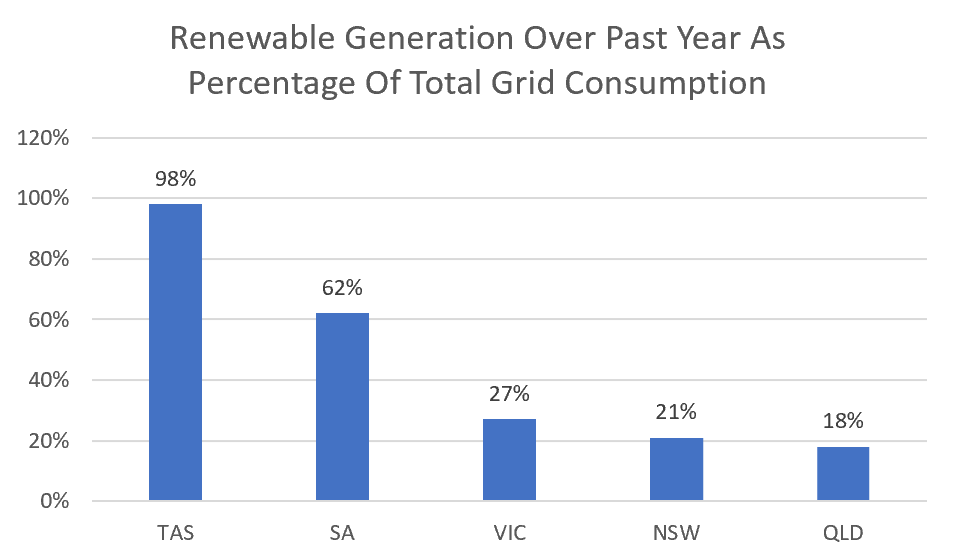
These figures are taken from OpenNEM. When I worked it out, I got 63% for SA rather than their 62%, but my figure included clean energy imports from Victoria. When comparing states, it makes sense not to include clean imports to avoid doubling counting.
As the graphs show, Tasmania and South Australia are way ahead.
Here’s a graph showing wholesale electricity prices in each of these states over the past five financial years:
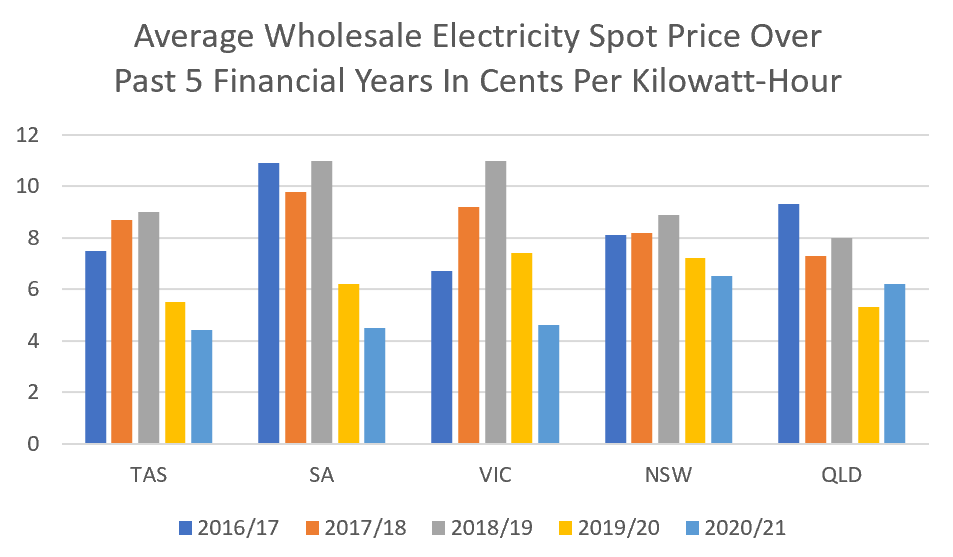
Average wholesale electricity prices are from the AEMO.
In Victoria, wholesale prices show a rise followed by a fall. This was mostly due to the unexpected closure of Hazelwood Power Station in March 2017 with only five months warning3. Victoria normally has low wholesale electricity prices, so the decrease over the past few years has, to a large extent, been a return to normal as new renewable generation and energy storage — along with reduced demand — has lowered prices.
Renewables Pushing Down Prices
While it has been most obvious in South Australia and Tasmania, clean energy has lowered the cost of electricity across the country. Wind and solar energy generation push down prices because:
- It is now cheaper to build a combination of solar, wind, and energy storage than to build new coal and natural gas power plants.
- Wind and solar power have running costs close to zero, and their fuel is free. This makes it profitable for them to continue producing electricity even if they can only sell it for a fraction of a cent per kilowatt-hour. On the other hand, coal and gas generators want to shut down — if possible — when their running costs, including fuel, are higher than wholesale electricity prices.
- Because wind and solar energy output depends on how much light and wind there is, their generation can be high when electricity demand is low. This can result in long periods of low wholesale electricity prices.
Because hydroelectric power is dispatchable and can be switched on and off at will, it’s normally used like gas generation and supplies power when electricity prices are high and shuts down when they are low. But when there’s plenty of rain, they can enter a “use it or lose it” situation and push down wholesale prices in a way similar to solar and wind. This rarely happens on the mainland, but sometimes occurs in Tasmania.
This graph shows renewable energy generation by source as a percentage of each eastern state’s total consumption:
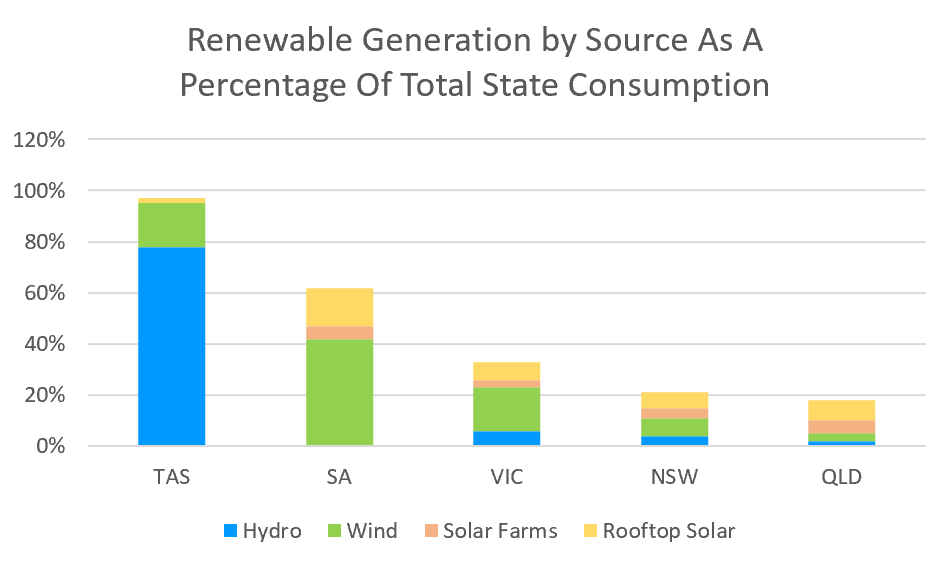

All the suitable locations for conventional hydroelectricity have been used in Australia. There are no remotely economically sensible remaining sites. This means no state can increase its hydroelectric capacity to become like Tasmania, but they can and will increase their wind and solar power capacity to become more like South Australia. This means they will all have large amounts of non-dispatchable generation.
SA Leads The Way
South Australia’s renewable generation is two-thirds wind and one-third solar power, with 75% of its solar energy generation coming from rooftops. It has the most non-hydro renewable capacity because it used to have the highest wholesale electricity prices in the nation.
If you wanted to build a wind farm in Australia, the state with the highest wholesale electricity prices and plenty of wind is the obvious place to start. People are also more inclined to install rooftop solar panels when living in a sunny state with high electricity prices.
The reason why SA wholesale prices used to be high was:
- a lack of conveniently located coal deposits
- moderate electricity demand
Now the state is benefiting from building out its renewable energy capacity.
Other states are following and expanding their solar and wind generation.
No Baseload Generators = No Problem
Many people — mostly idiots — have a bee in their bonnet about baseload power. Their concern appears to be inversely proportional to how well they understand what they’re talking about.
Baseload power is simply the lowest power a grid supplies to homes and businesses over a 24 hour period. It used to always occur in the early morning hours before sunrise, but now it often occurs in the middle of the day thanks to rooftop solar.
Baseload generators are those that operate as close to 24/7 as maintenance and breakdowns allow.
Australia’s baseload generators are coal power stations. Fossil fools who support coal power often claim baseload generators are required to provide stability to the grid. Except instead of baseload generators, they usually say “baseload power” or just “baseload”, which isn’t what they’re actually talking about.
They claim baseload generators are necessary for the grid to reliably operate and for heavy industries such as aluminium smelting, but South Australia shows this is obviously untrue as the state has no non-stop baseload generators. It trades electricity with Victoria — a state with coal baseload generators — but does not import electricity 24/7. SA is happy to spend days either importing nothing or next to nothing.
Baseload generators also aren’t required for heavy industry. Suppose someone wanted to open a new aluminium smelter4, then South Australia would have been the cheapest mainland location in terms of wholesale electricity spot prices for the past two financial years. What heavy industry actually pays for electricity is usually determined by long term contracts rather than wholesale electricity spot prices, but South Australia is now in the running to provide these at the lowest cost outside of Tasmania.
Australia Will Be A Low Wholesale Electricity Price Nation
In the 20th century, Australia had some of the lowest generation costs in the world on account of cheap coal combined with a reckless disregard for the nation’s and planet’s health.
These days of low wholesale electricity prices are on the way back without the death and destruction. As other states put more solar panels on roofs and in solar farms, and construct more wind farms, their average wholesale electricity prices will head into permanently low territory as well.
There’s no guarantee South Australia will keep its first-place position for the lowest average wholesale electricity prices on the mainland. Other states may be able to beat it as coal is driven from the market and they increase the rate renewable energy capacity is built. But each time a coal power station is shut, there will be a spike in wholesale electricity prices until enough new clean generating capacity and energy storage is built to compensate. South Australia got rid of its coal generation years ago and that is going to help.
Australia’s excellent solar and wind resources give us an advantage over most countries, but perhaps we shouldn’t get too excited over that, as no one gave a toss about our low generation costs last century. The only real difference it made was we got a few aluminium smelters. But considering we live in an age where electricity interconnectors can be run between continents, it may amount to more of an advantage this time around.
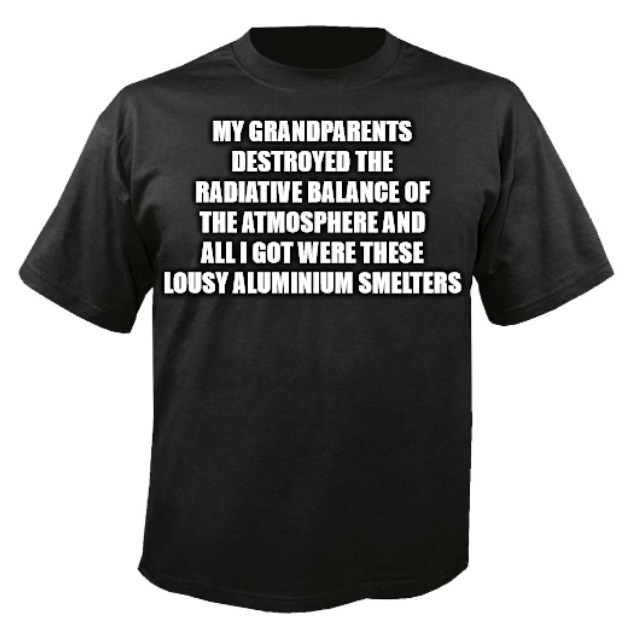

Footnotes
- Note wholesale electricity prices are only a small portion of residential electricity bills. Because the other components of electricity bills remain high in SA, electricity prices are still high there. But — and this is the point — they’re lower than they were. ↩
- This doesn’t include off-grid generation by agriculture or mining, but note the amount of renewable energy used off-grid is growing fast. ↩
- Hazelwood Power Station was in such poor shape it became too dangerous to operate. That’s too dangerous for people working there. The people in charge of coal generators can be pretty good at ignoring terrible consequences, but even they can’t ignore the increased danger of dying at work. ↩
- The NSW Tomago aluminium smelter — Australia’s largest single electricity consumer — says it plans to switch to all-renewable electricity by 2029. This isn’t the same as running an aluminium smelter in a grid without baseload generators — at the moment NSW officially plans to keep coal power for decades — but it is a good sign. ↩
Original Source: https://www.solarquotes.com.au/blog/states-renewables-electricity-prices/



